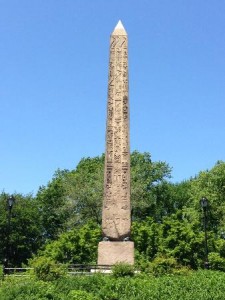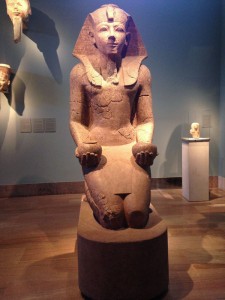Repatriation and the Ownership of Antiquity
James Cuno, among others, has asked a compelling question: who owns antiquity? The ownership or natural right to works of ancient art is an ongoing debate. Museums have traditionally been bastions of cultural promotion and preservation. As recent events have shown, however, museums can be far from secure, and the works within them can be destroyed, lost, or reclaimed. Questions have also been asked about the rights of modern nation states to the artifacts from their ancient past, and if current ownership should take precedence over cultural inheritance. Also part of this debate is the role museums play in their respective societies, and whether or not the traditional model of encyclopedic museums – traditionally a western form of institution – promotes or prevents a globally sensitive understanding of culture and meaning. A team of dedicated students have tackled this complex series of issues, asking, among other questions:
- Does one modern nation have the inherent right of ownership over materials from their region that pre-date the existence of the modern state? Why or why not?
- What purpose(s) do cultural institutions, like encyclopedic museums serve to the global community? Does this purpose allow them to overlook or ignore claims of cultural ownership? Why or why not?
- What type of audience is best served by encyclopedic museums? Does that audience have rights to materials from other nation states? A greater right than citizens of modern nation states? Is one audience privileged over another in/by encyclopedic museums, and if so, should they be?
- How can we balance a global sense of history and heritage with the demands and issues of modern nation states?
Bibliography
Repatriation and the Ownership of Antiquity

Who Owns It?

Repatriation and the Ownership of Antiquities

What is Ownership?
Crossing Lines: Where Art Historians Stand in Antiquities Ownership
Museums and Ownership
The Eye of the Obelisk Must Look Toward Home

Rights and Wrongs of Modern Ownership
